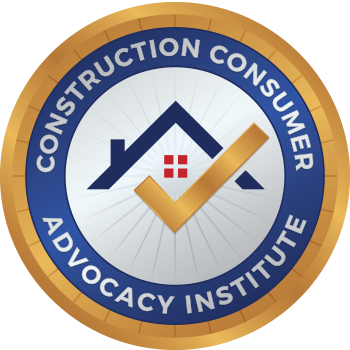Indoor air quality has become a significant concern for many households, especially when it involves invisible, odorless, and potentially lethal contaminants like carbon monoxide (CO). Often referred to as the “silent killer,” carbon monoxide is a gas that poses serious health risks when present in enclosed spaces.
This blog aims to shed light on why homeowners, parents, and health enthusiasts should prioritize awareness and safety around indoor CO levels.
For Tons of Great Free Information please hit “Like & Subscribe”
Websiteconstructionconsumeradvocacyinstitute.com
www.youtube.com/@ConstructionConsumerAdvocacy
What Is Carbon Monoxide?
Carbon monoxide is a colorless, tasteless, and odorless gas created by the incomplete combustion of fuels such as wood, charcoal, gas, or oil. Common sources of CO in homes include gas furnaces, water heaters, stoves, space heaters, and fireplaces.
Because it’s nearly impossible to detect without proper equipment, CO often remains unnoticed until it starts affecting those exposed—making it an insidious threat to anyone indoors.
Why Should You Care about Carbon Monoxide Exposure?
Even low levels of CO exposure can result in health complications, particularly for vulnerable groups such as young children, pregnant individuals, and the elderly. Here are the key reasons why you should take CO exposure seriously:
The Immediate Health Effects
When inhaled, carbon monoxide interferes with your body’s ability to transport oxygen to vital organs. Just a small amount can lead to symptoms such as:
- Headaches
- Dizziness
- Nausea
- Fatigue
These symptoms are often mistaken for common illnesses, delaying detection.
Higher exposure levels can cause confusion, loss of consciousness, and, in severe cases, death.
The Long-Term Impact
Chronic exposure to low CO levels may result in lasting health effects, including:
- Nervous system damage
- Cognitive impairments, such as memory loss
- Cardiovascular system complications
Risks for Specific Groups
For children: Children breathe more rapidly, making them more vulnerable to CO poisoning.
For pregnant individuals: CO exposure can be harmful to fetal development.
For elderly adults: Existing health conditions can compound the effects of CO, making it harder to recover.
Common Sources of Carbon Monoxide in Homes
Carbon monoxide can come from multiple sources inside your home, including:
- Gas appliances such as stoves and water heaters.
- Fireplaces that don’t ventilate properly.
- Vehicles running in attached garages—even briefly.
- Portable generators used during power outages.
How to Detect and Prevent Carbon Monoxide in Your Home
Install Carbon Monoxide Detectors
Just as you wouldn’t live without smoke detectors, carbon monoxide monitors are a must-have for ensuring safe indoor air. Look for detectors certified by reputable organizations and ensure there’s one installed on every floor and near sleeping areas.
Maintain Appliances Regularly
Ensure all appliances fueled by gas, wood, or other combustibles are serviced annually. This includes your furnace, boiler, and water heater. Hiring professional technicians to inspect your equipment can help catch potential CO leaks before they become dangerous.
Ensure Proper Ventilation
If you frequently use fuel-powered devices such as ranges or fireplaces, ensure that rooms are well ventilated to allow CO to dissipate. Never block vents or airways near such appliances.
Avoid Running Engines Indoors
It’s tempting to warm up your car in the garage on a cold day, but even with the door open, CO can quickly accumulate. Always move vehicles or portable generators outdoors before turning them on.
Educate Your Family on Symptoms
Understanding the early warning signs of CO poisoning could save lives. Share the symptoms with everyone in your household, and always respond to signs of illness paired with prolonged exposure indoors.
When to Call for Help
If a CO alarm goes off, evacuate your home immediately and call emergency services. Don’t re-enter until the source of CO has been located and resolved. If anyone in your home begins experiencing severe symptoms like loss of consciousness or chest pain, seek medical attention without delay.
Small Changes, Big Impact
Carbon monoxide exposure is preventable with the right precautions. By installing CO detectors, maintaining your appliances, and staying aware of potential risks, you’re actively creating a safer environment for your family.
Indoor air quality is vital to overall health—whether you’re a parent protecting your kids, a health enthusiast shaping a safe living space, or a homeowner interested in modern safety standards. Taking action today against carbon monoxide risks will ensure peace of mind tomorrow.
Stay safe. Stay informed.

